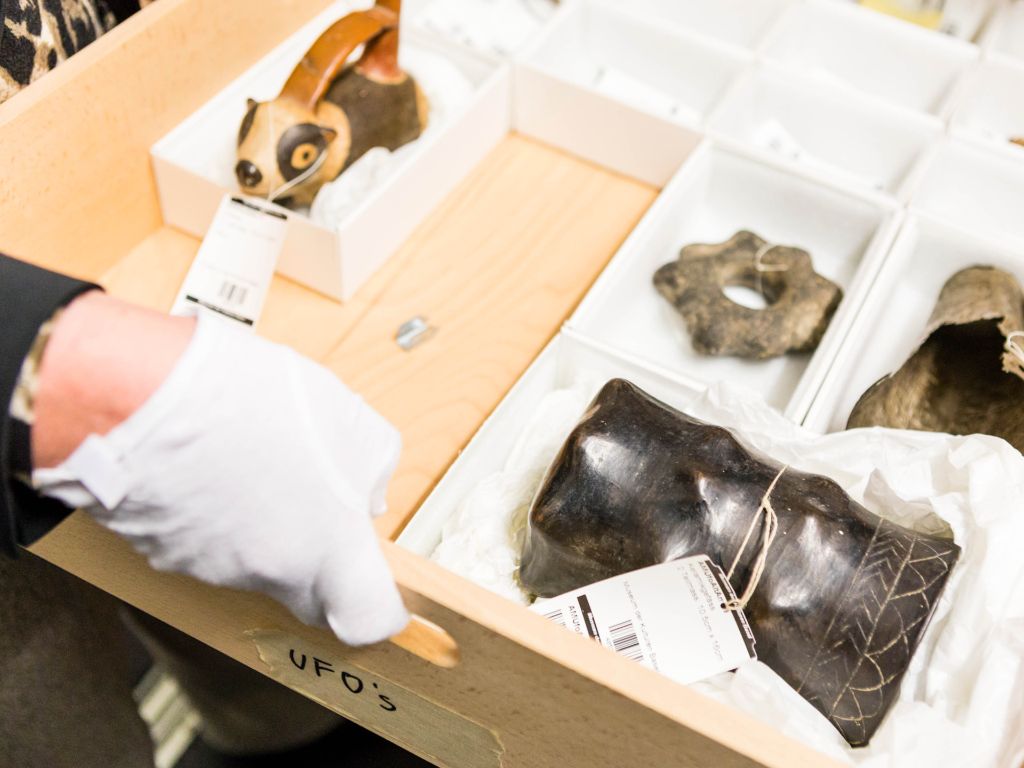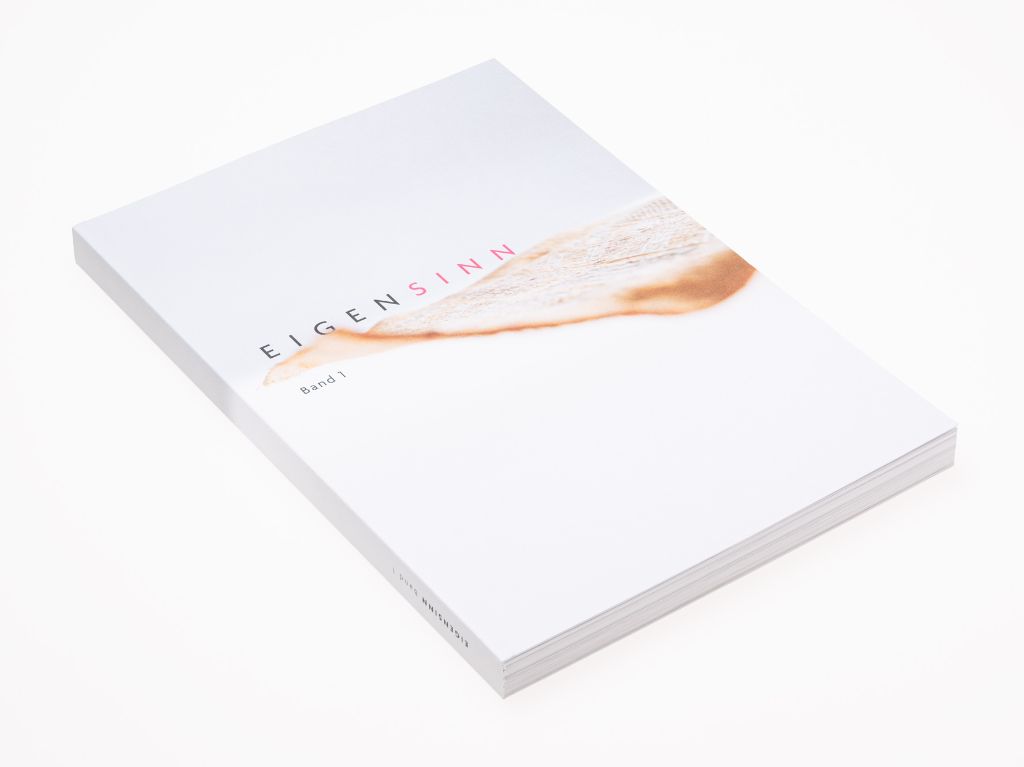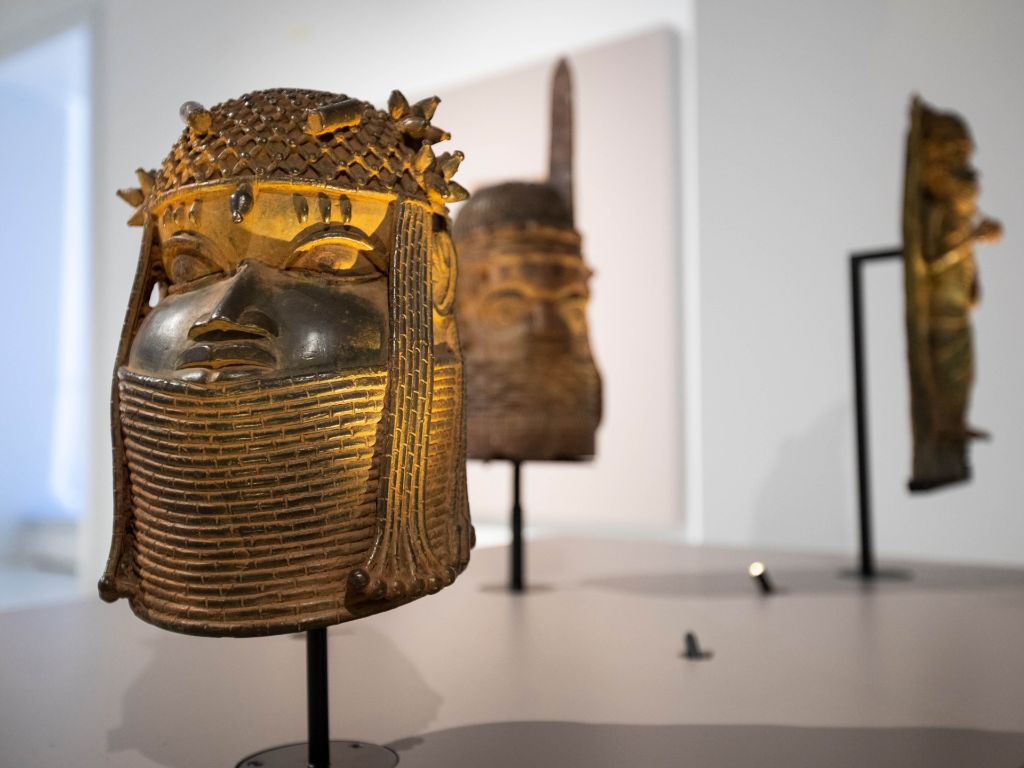Research
Research is the foundation of all museum work. It is what makes preservation, exhibition, and education possible in the first place. Research generates new ideas and perspectives and ensures reflection and self-reflection – an absolute must, not only in anthropology. This is why we promote research not only on single objects but also on entire collections of the museum’s holdings.
Research at the museum deals in-depth with the collections as well as the history of the house. Internal as well as external scholars explore the meaning of objects. They examine collection practices and the networks people involved in collecting built up. Furthermore, they examine the museum’s significance for the city and society at large. Without research, the museum could not do justice to its mission of preservation, exhibition, and education.
MKB Fellowship
Thanks to the Georges and Mirjam Kinzel-Fonds, MKB is able to fund its own small research projects. These are conducted in the context of the MKB Fellowship programme. In addition, MKB is involved in research collaborations with a number of other museums, universities, and institutions.
Provenance research
Provenance research, i.e. research into the origin of objects, has always been carried out at the MKB. It is one of the principal tasks of an anthropological museum.
In recent years, ethnological provenance research has drawn large attention across the world. Politics and foundations have recognized the need for action and allocated resources for this purpose.
Fundamental provenance research at the MKB has been made possible with support from the Federal Office of Culture (FOC), the Canton of Basel-Stadt (funds from the framework expenditure authorisation, RAB), the Foundation for the Promotion of the MKB, the Georges and Mirjam Kinzel Fund and, last but not least, a generous contribution from the Ernst Göhner Foundation. The financial resources provided with such foresight not only allow the collection's origins to be traced, but also lead to extremely fruitful collaborations and a reassessment of the collections' content.
Making research accessible
And the MKB is also making it accessible to the public: under the title "In Full View", research and restitution projects were regularly carried out live s in the Hedi Keller hall in 2024 and 2025. In this way, visitors gained a unique insight, were brought up to date and could enter into a direct dialogue with MKB staff.
In addition, scientific exchange at local, national and international level is important with regard to research on collections. With colleagues from the Okinawa Prefectural University of Arts, Stephanie Lovász, curator for South, Central and East Asia, is presently conducting research on MKB's Japanese textile collection, for example. This comprises over 4000 items. To date, the scholars have been able to allocate around 200 objects to the Ryūkyū region, which roughly corresponds to today's Okinawa Prefecture. The project is supported by the Hedi Keller Fund.
The MKB reports on guest visits in its blog and also makes current research accessible in exhibitions. Find out more here.


